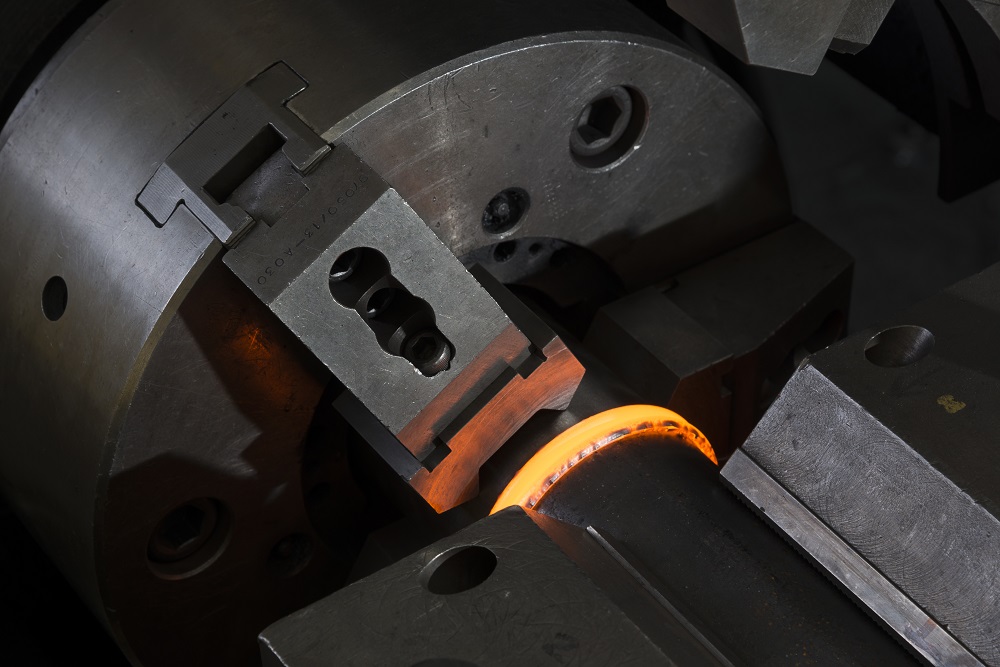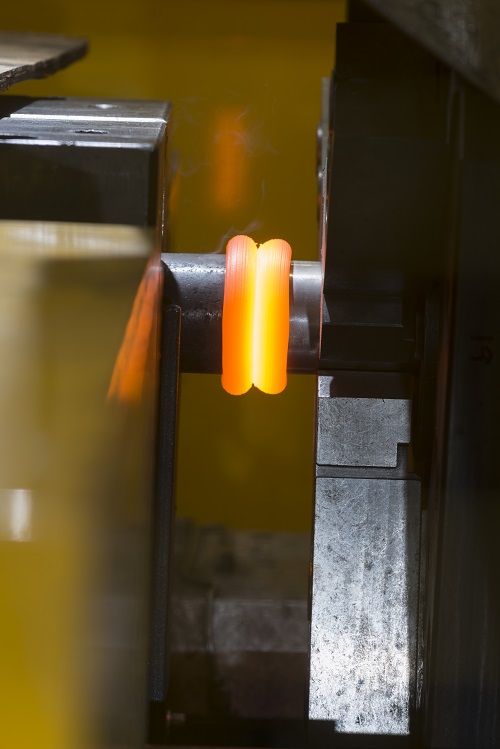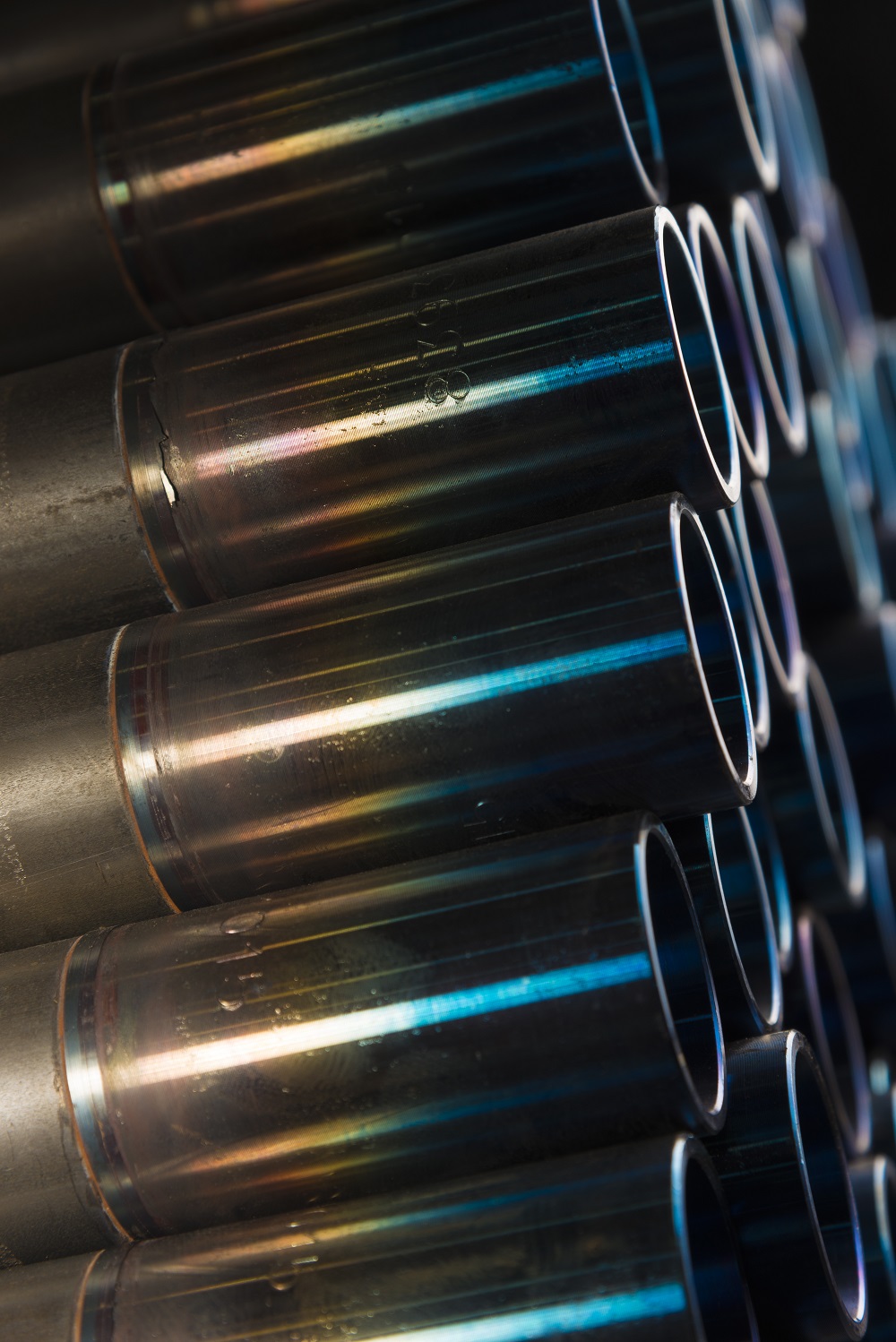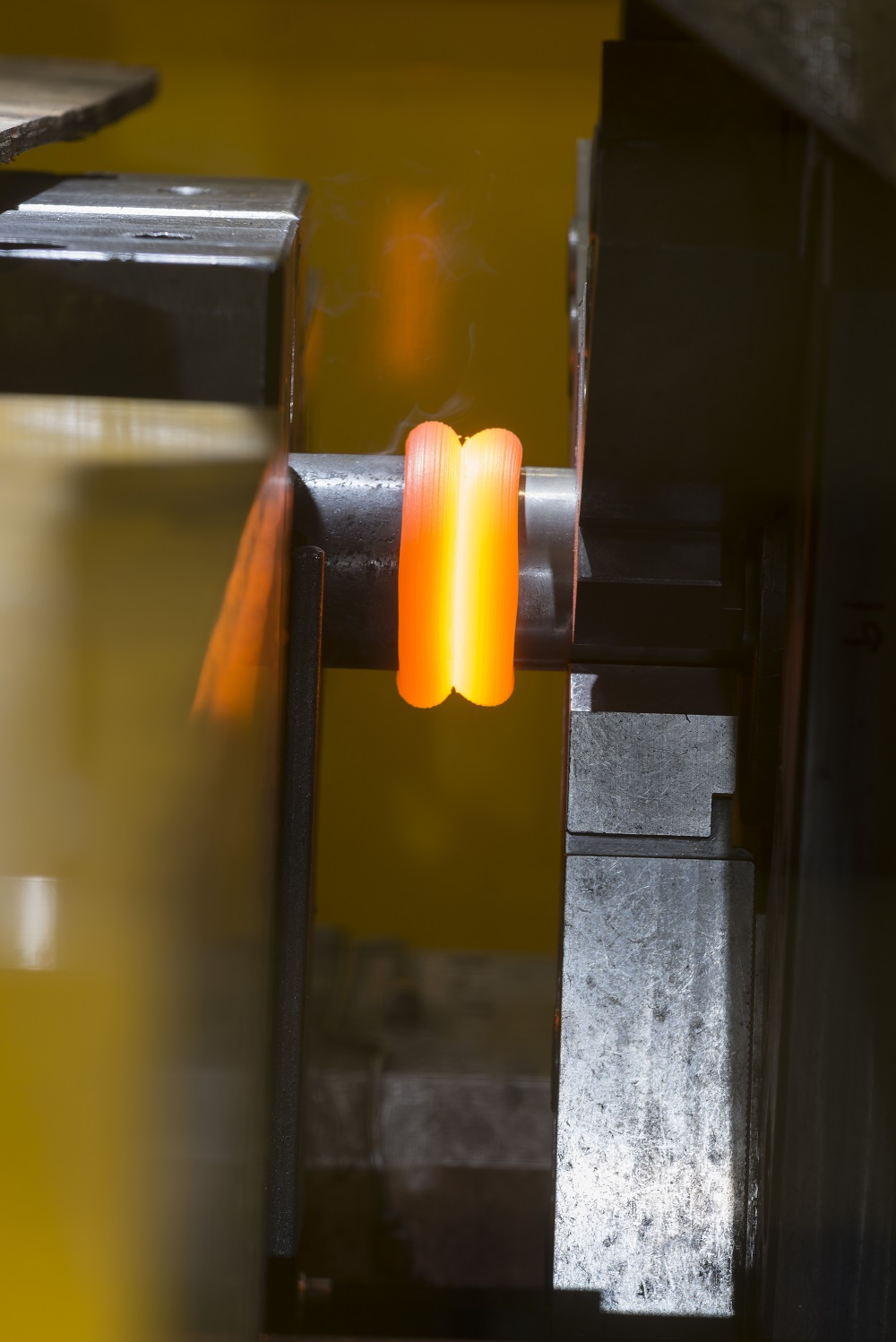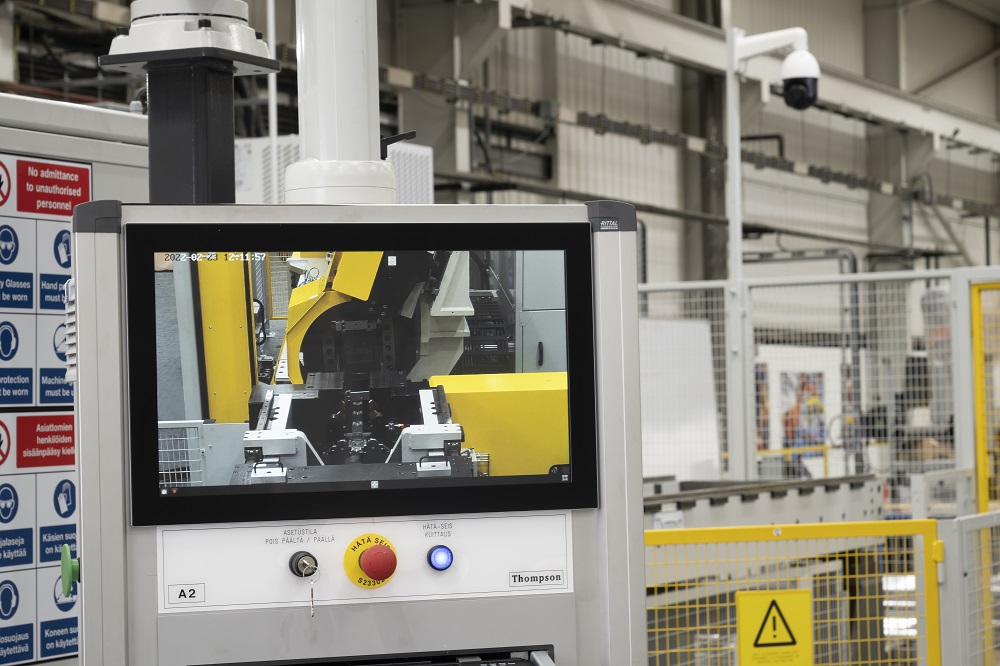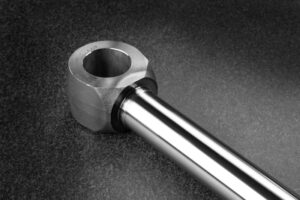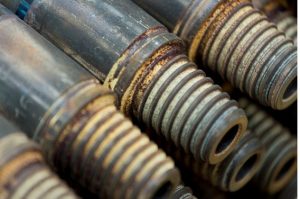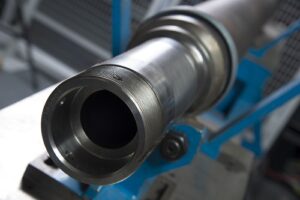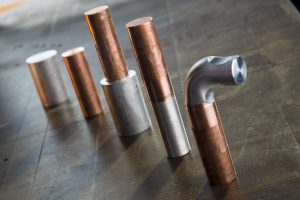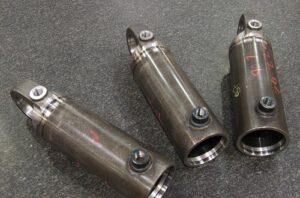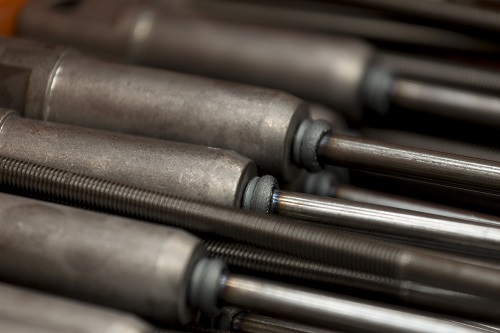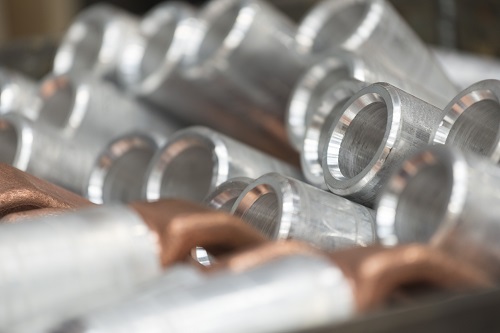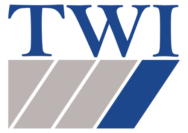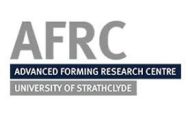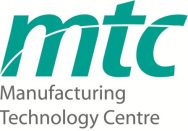The question that engineers and manufacturers
ask when considering their production joining and
manufacturing processes is can we do this better,
cheaper and more efficiently?
Industrial manufacturing with friction welding is a process that provides an efficient and sustainable method of achieving high integrity similar and dissimilar material bonds.
The cycle times for such joints can be as short as a few seconds depending on the material combination and, as a process RFW delivers a far superior joint/bond compared to other traditional welding methods.
Read our industry report! It explores, and explains, some of the complexities of RFW: mission critial applications; bi-metallic welds, microscopy & analysis…
